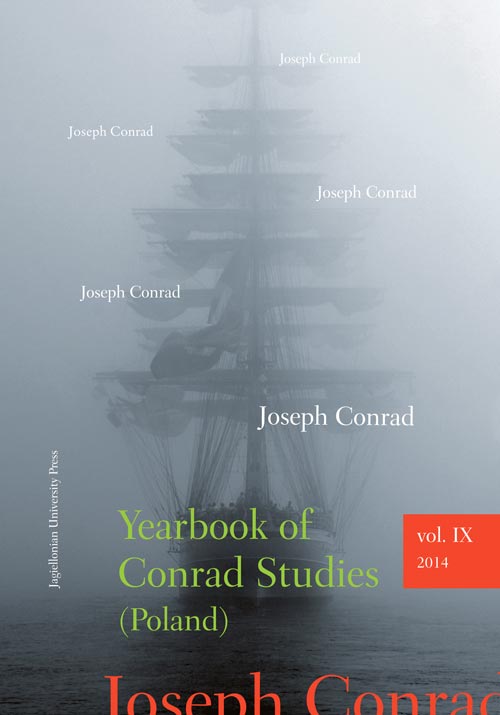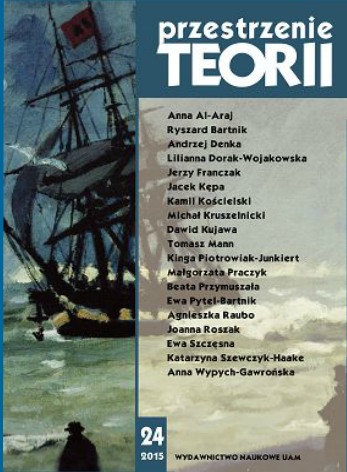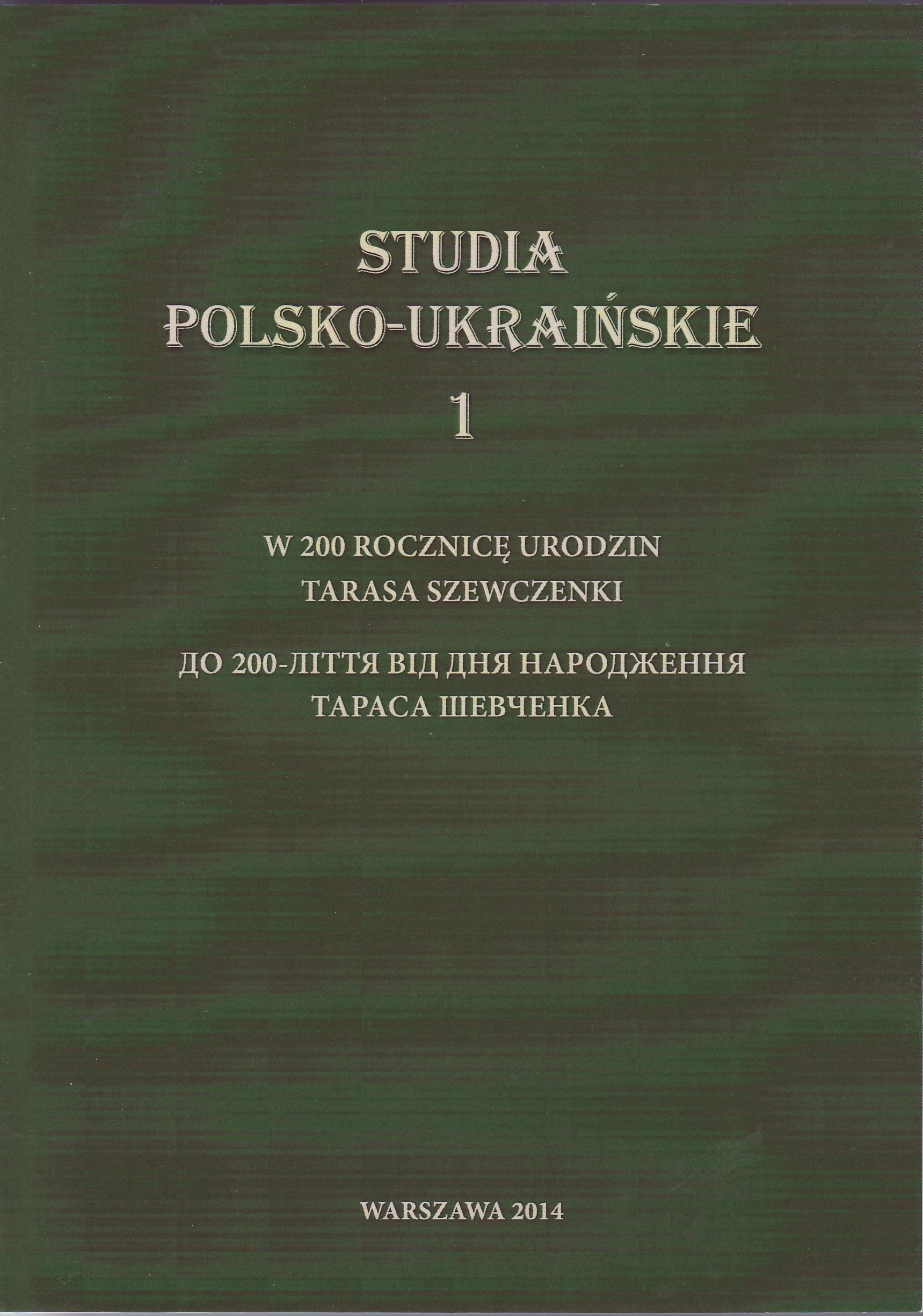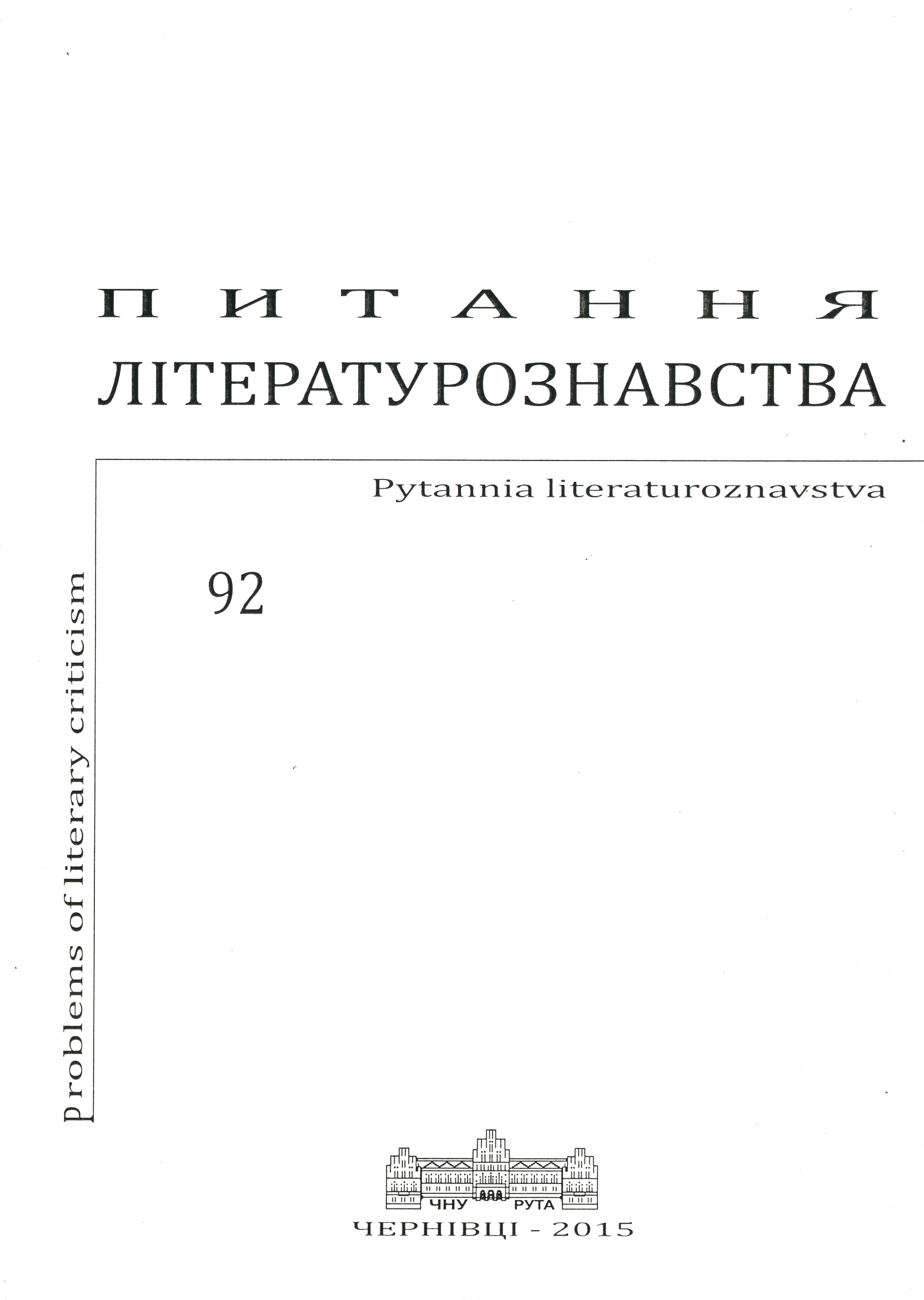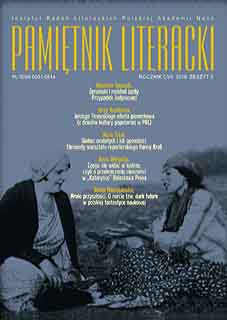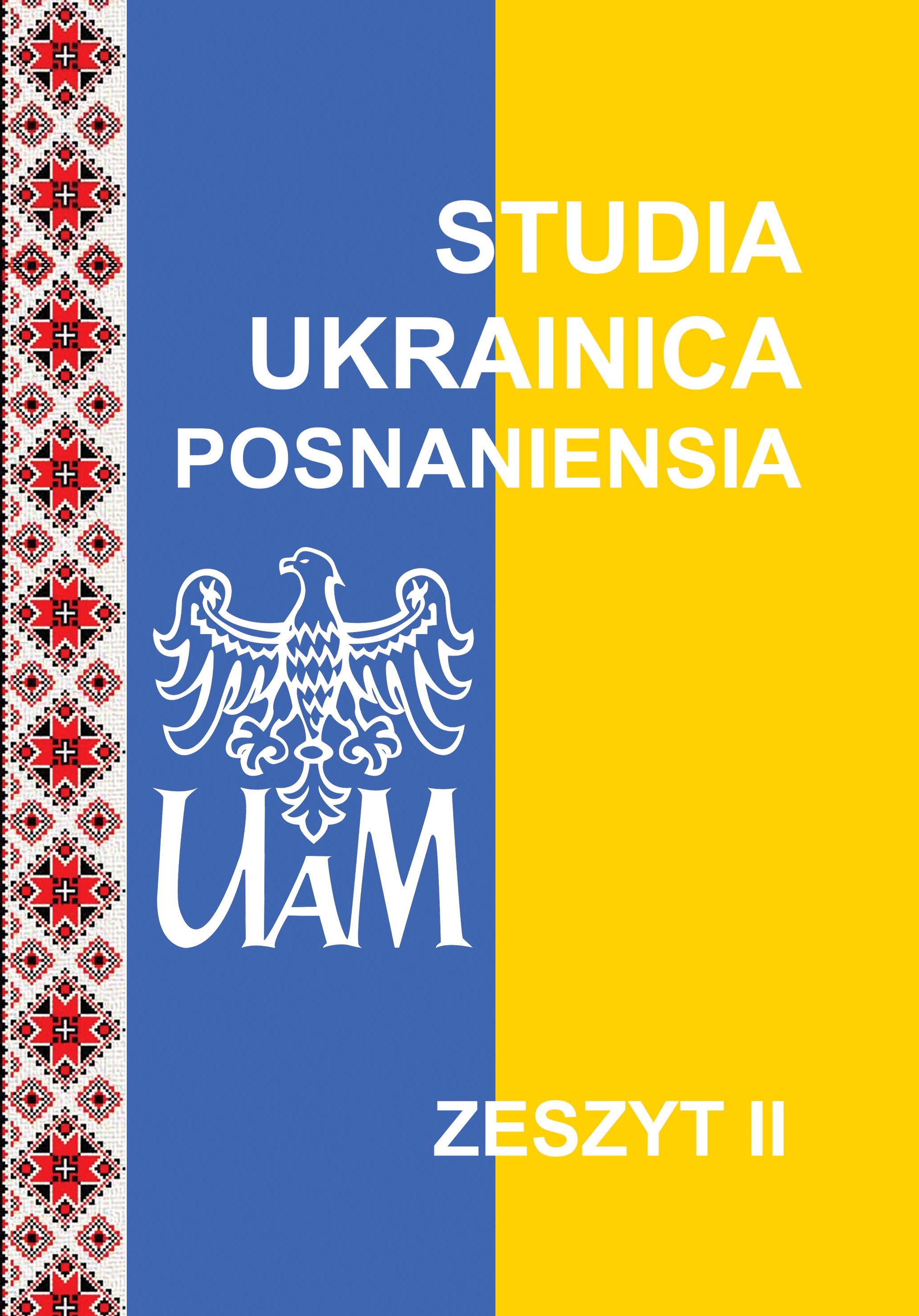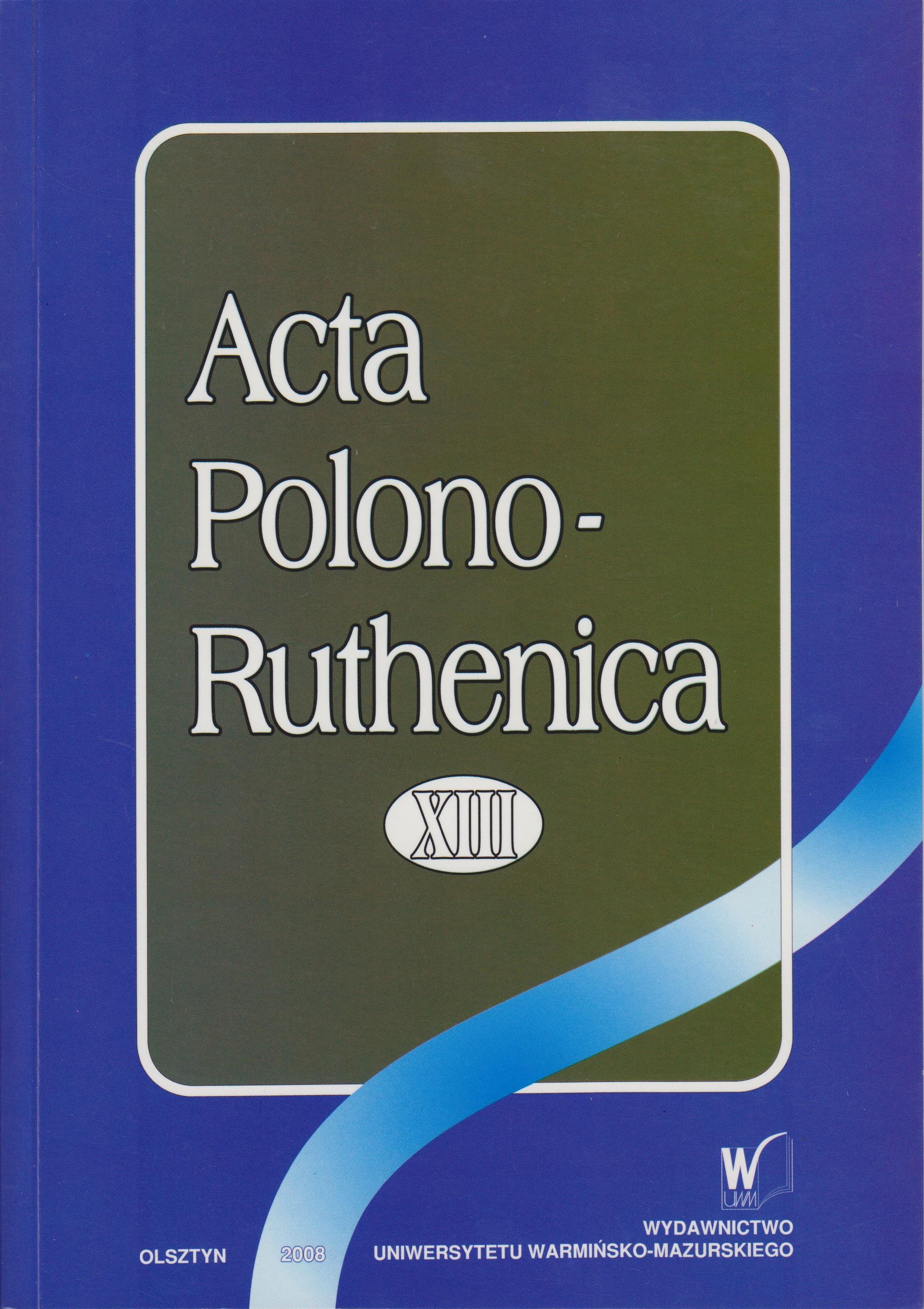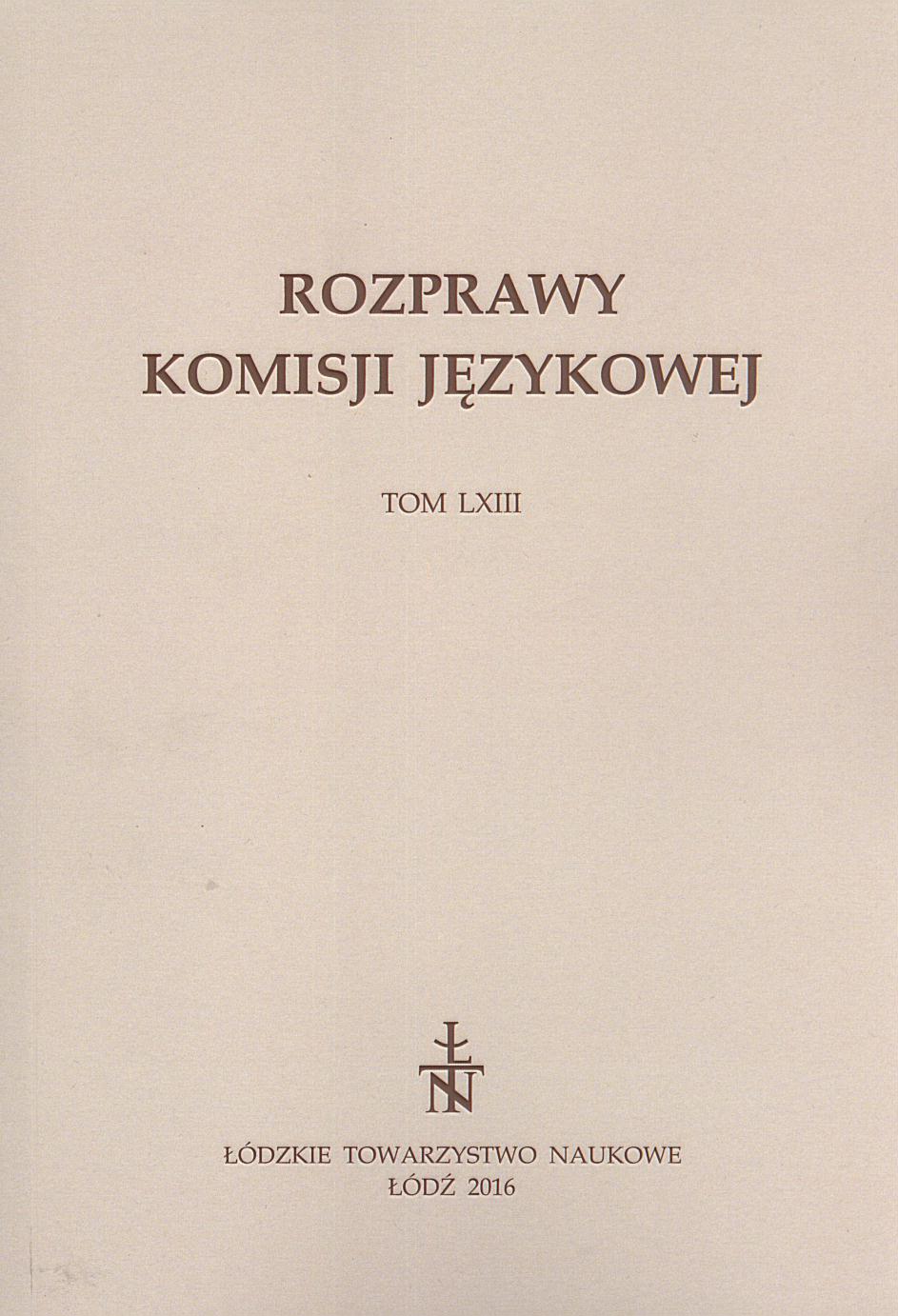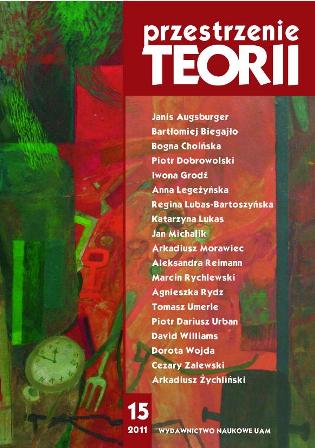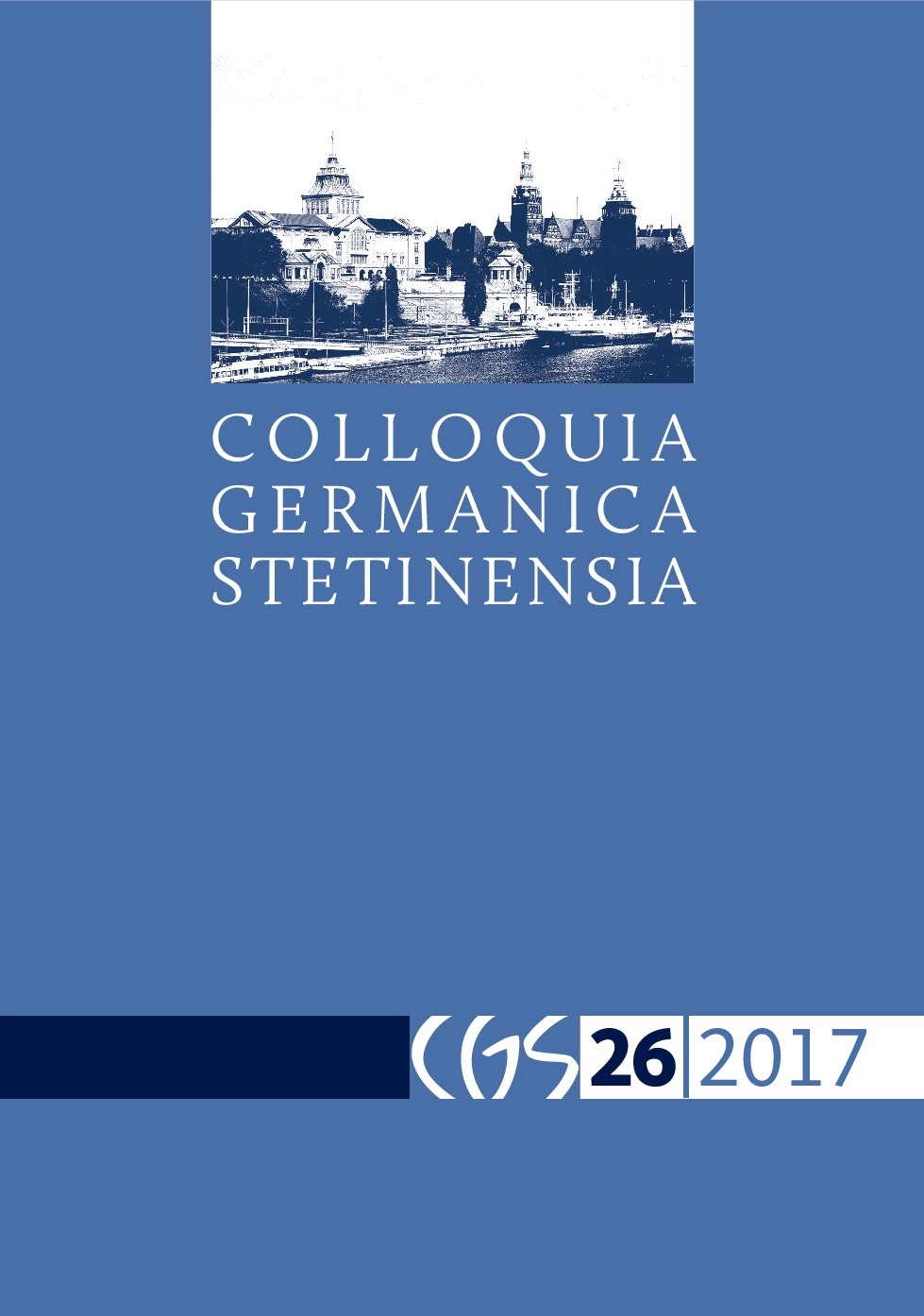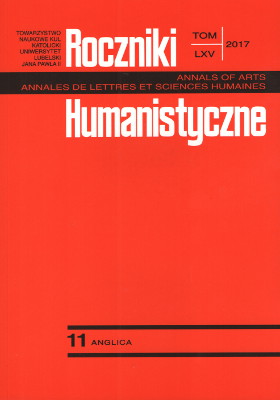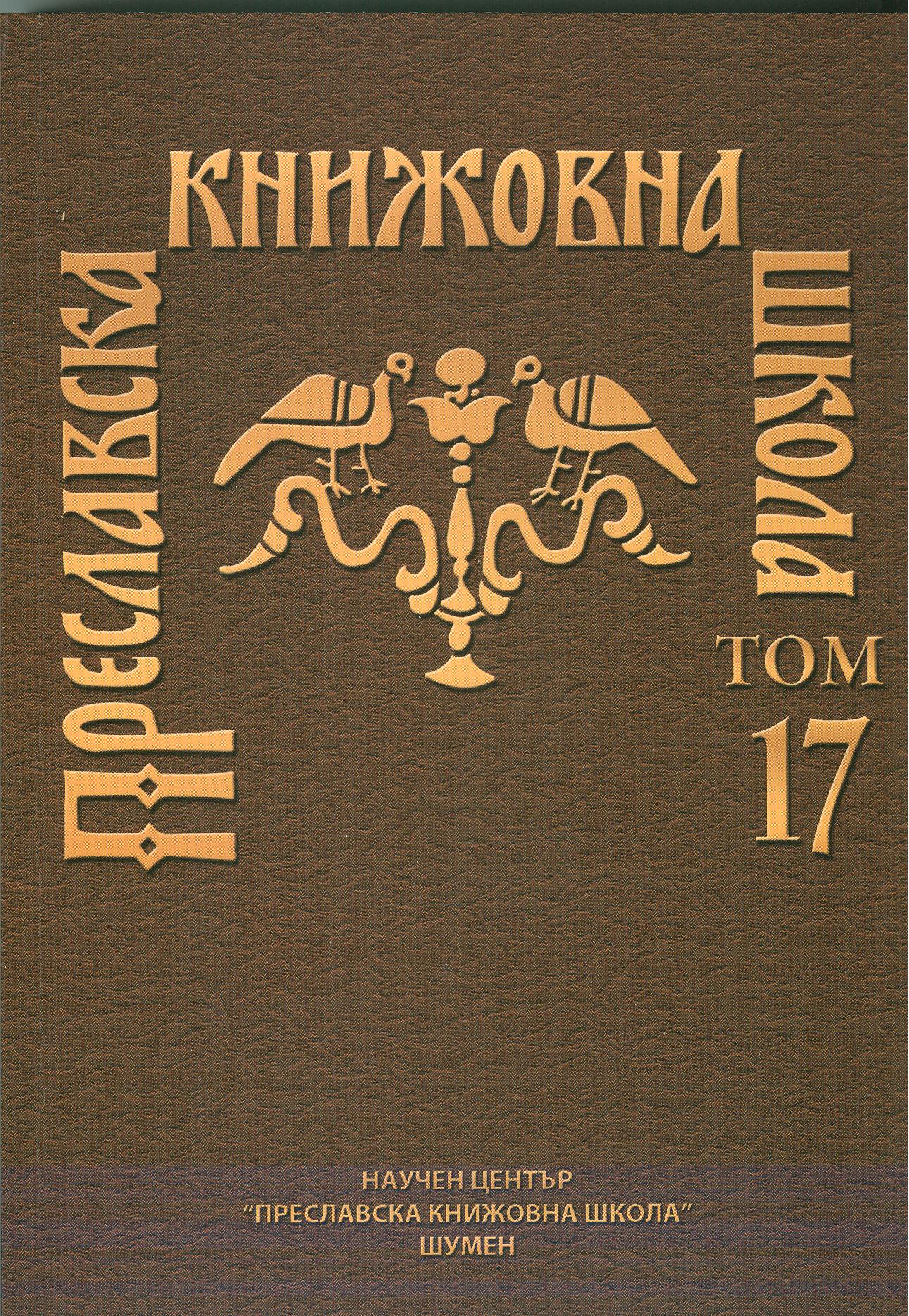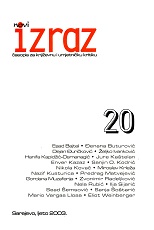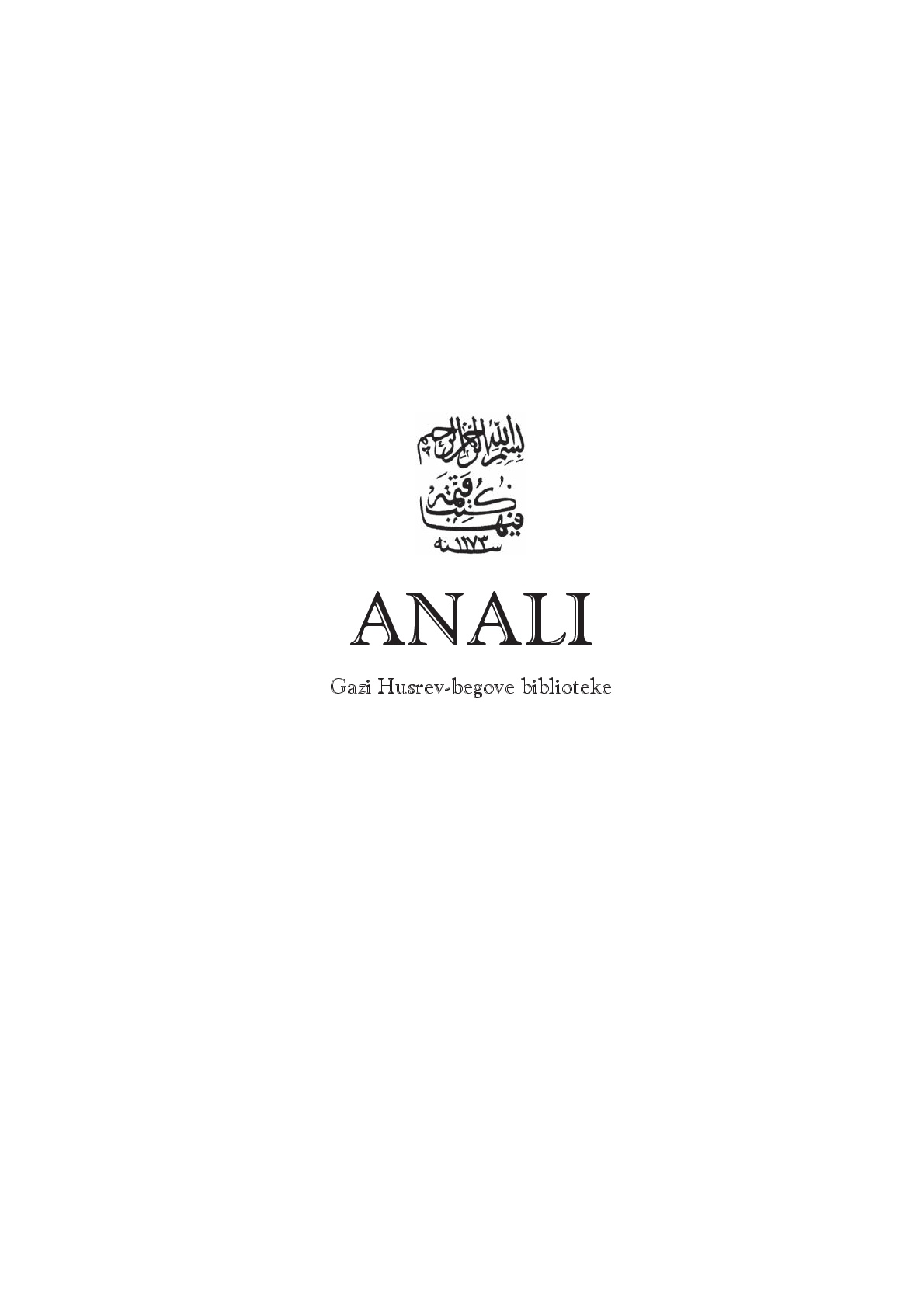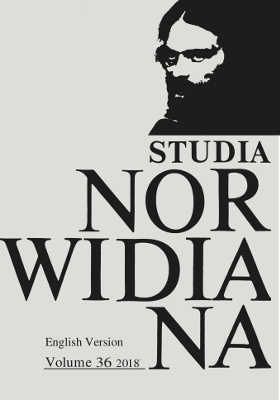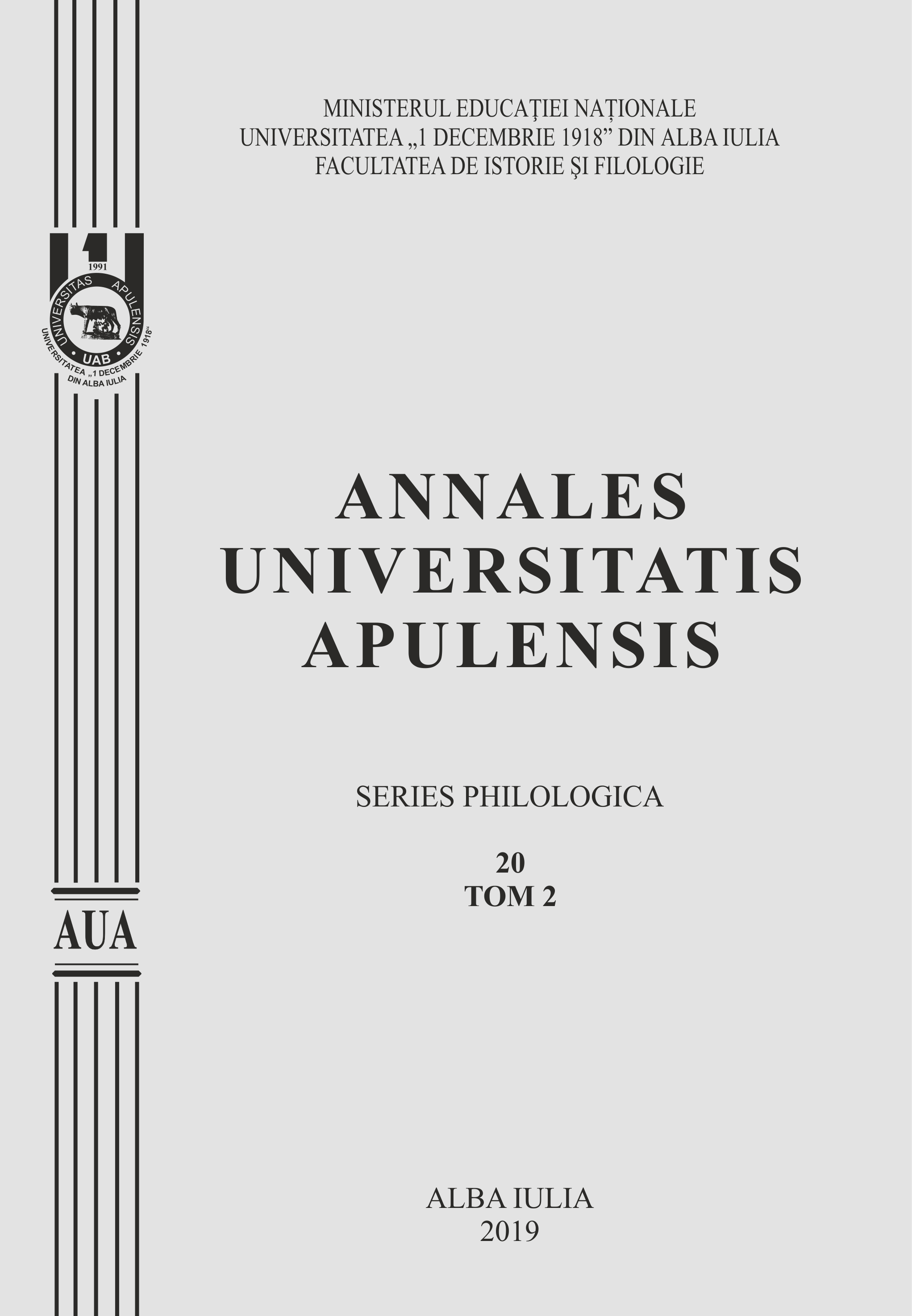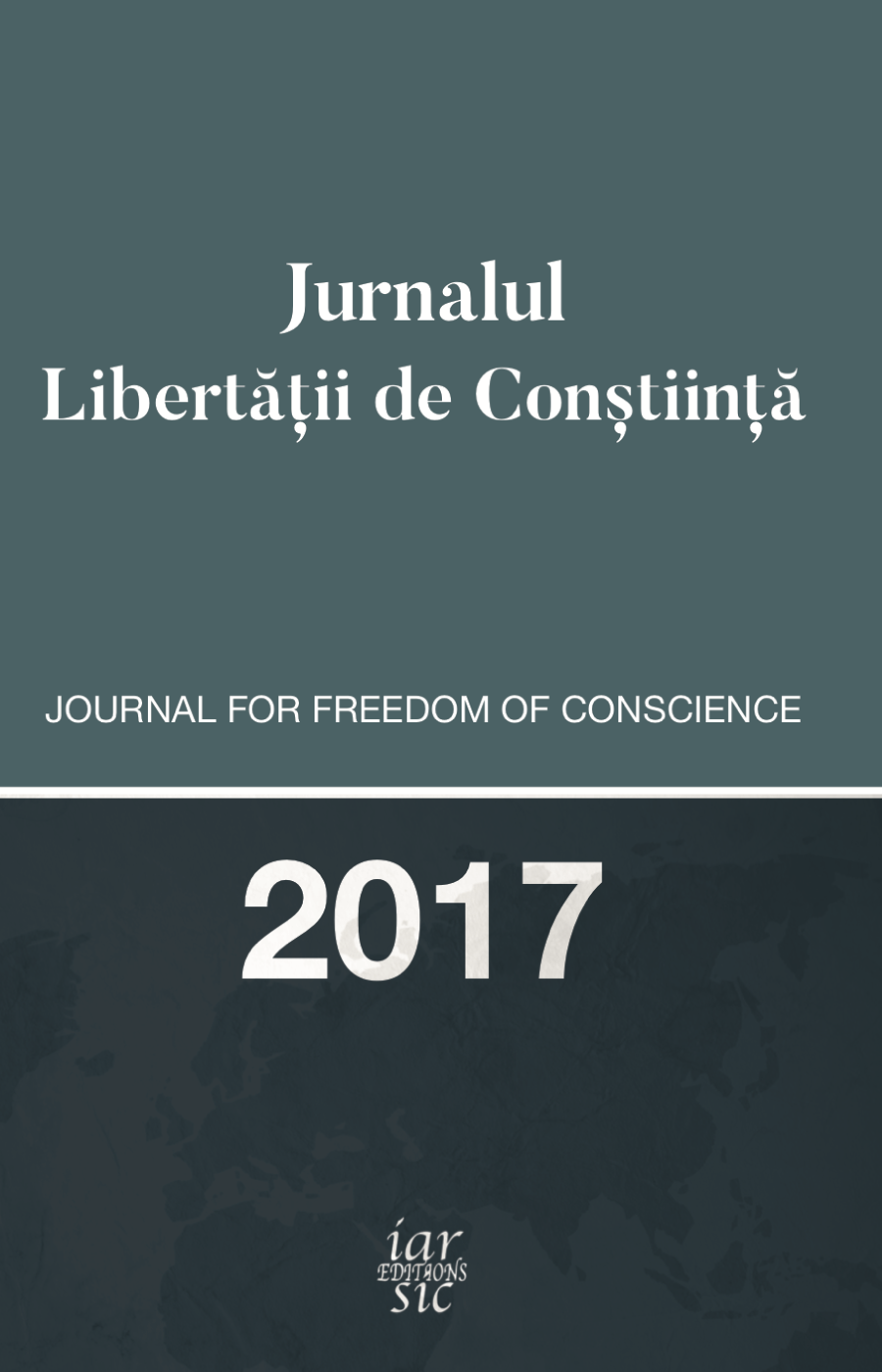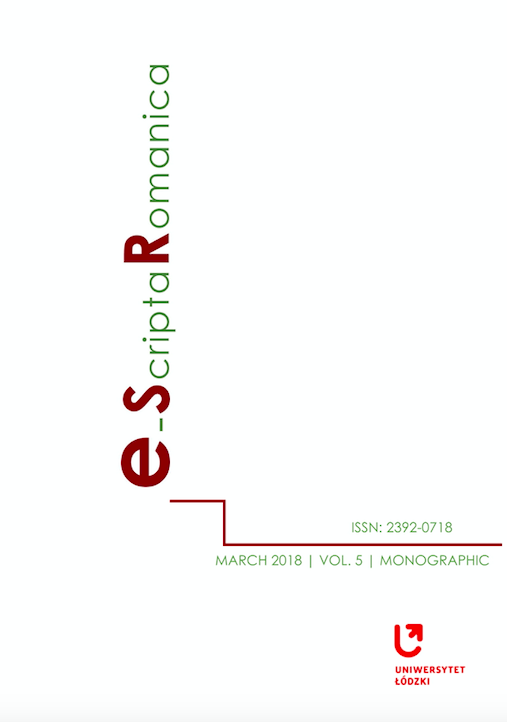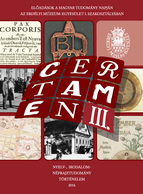
Egy szucsági népi költő munkássága
In this study I present the work of a folk poet. Anna Újvári was born in 1942, she has lived in her native village in all her life. A part of her poems were written for diverse occasions of community life, such as weddings, funerals, baptisms, name-days and birthdays, pensioning, occasions relating to the events of the church life. Our informant and her family have a good prestige, she has a wide relational web. The work of Anna Újvári is not only a part of the Kalotaszeg folk poets’ activity, but fits in the picture conceived of the Hungarian folk poetry, too.
More...
